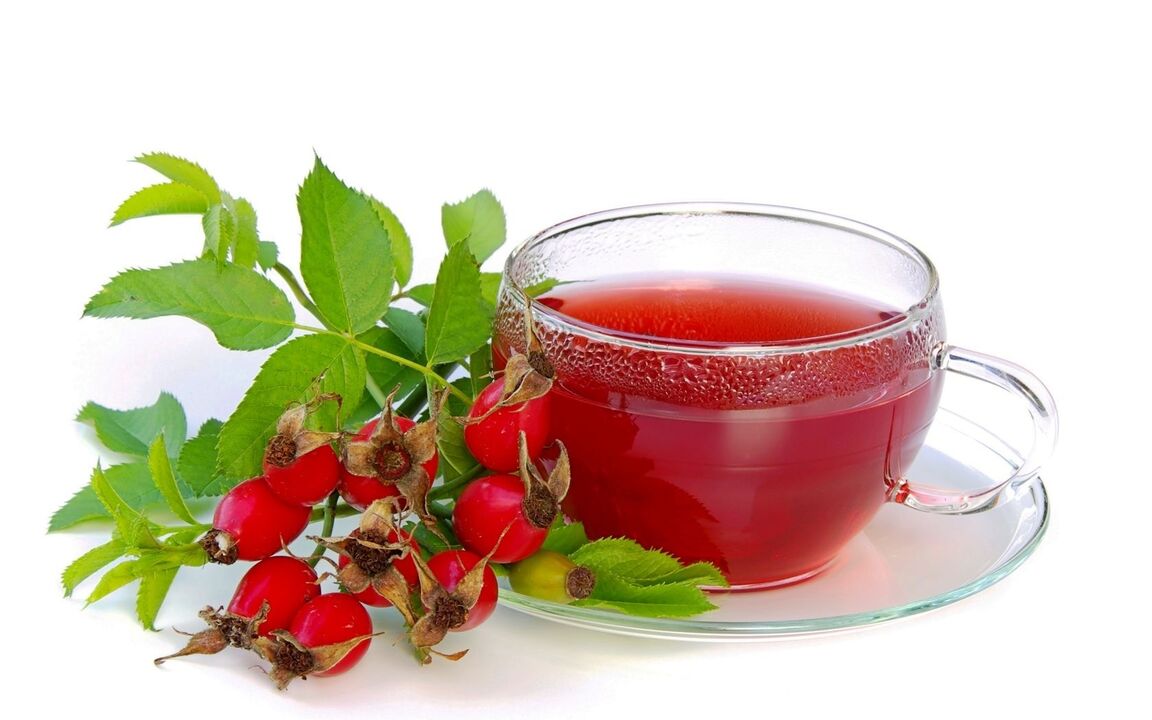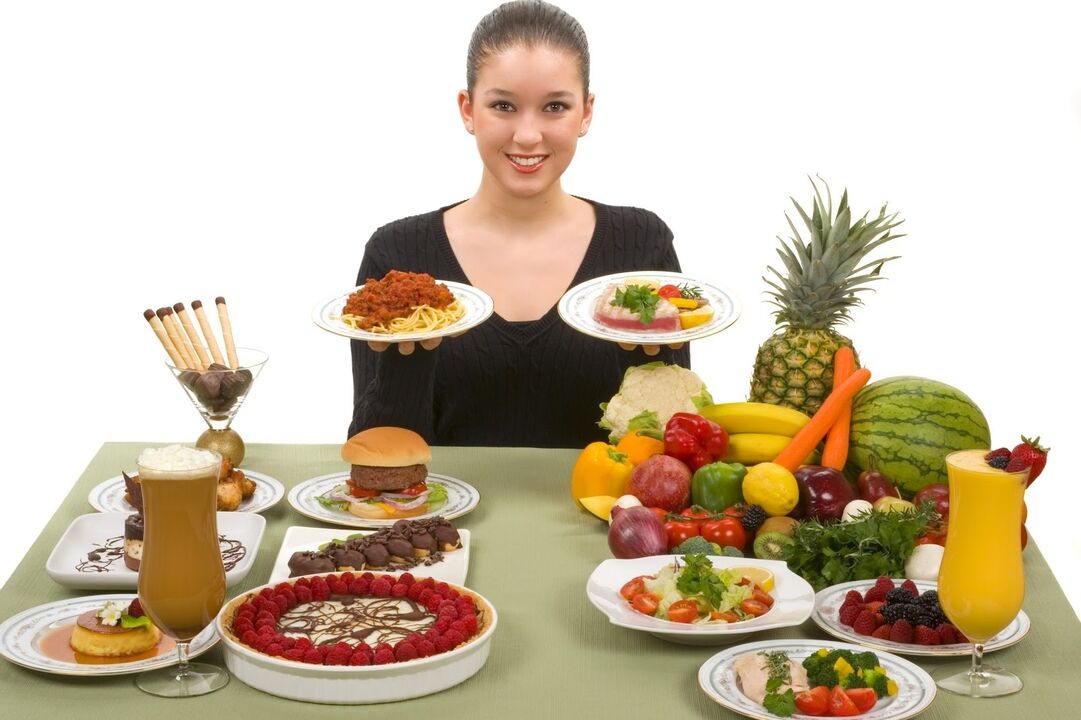It is impossible to cure gout, but it is realistically possible to alleviate the patient's condition and stop the progression. Not only medications can help with this, the effect can be achieved with moderate exercise and diet.
Diet for gout
The highest concentration of purines is found in alcohol and red meat. Gout causes a metabolic disorder, which leads to the accumulation of uric acid in the body and the deposition of its salts bridges in the joints. Therefore, the gout diet aims to reduce the concentration of substances in the blood and normalize metabolism. The effect is achieved by eliminating from the diet foods rich in purines. When these compounds are broken down, uric acid is formed.
Characteristics of the diet for gout
To normalize metabolism, food for gout should be partial. It is recommended to eat at least 4 times a day, at the same time in small portions. But fasting and single large meals rich in purines are contraindicated for gout, as this can lead to a worsening of the disease.
People suffering from this disease should pay attention to the use of fluids, as drinking a lot of water contributes to a better secretion of purines from the body. It is recommended to drink about 1. 5 liters of drink per day. Purified and alkaline mineral water, fruit juices or beverages, milk and weak teas are suitable. A decoction or infusion of wild rose is beneficial, which counteracts the withdrawal of purines and improves kidney function. But it is better to refuse strong tea, coffee and alcohol, as they can increase the pain.

The gout menu should contain a minimum of salt. This is due to the fact that salt can provoke urate precipitation and their accumulation in the body. To avoid this, its daily rate should be reduced to 6 grams.
It is worth limiting the use of animal proteins and fats, easily soluble carbohydrates and foods containing oxalic acid. It is recommended to eat fish and meat no more than 2-3 times a week. They should be consumed boiled, rarely baked. Fish, mushroom and meat juices should be discarded, as most purines are removed during cooking.
Unwanted foods for gout are any legumes and spices. Grapes rich in purines, figs, blueberries, raspberries, mushrooms, cauliflower, offal, canned fish and meat, herring, smoked meats, sausages, spinach, sorrel, chocolate, pasta, creamy sweets and peanuts should be excludedmenu.
The basis of nutrition for gout should be plant foods. All kinds of vegetables will be useful - zucchini, cucumbers, eggplants, potatoes, carrots and cauliflower. In limited quantities it is worth eating only radishes, peppers, celery, rhubarb and asparagus. All of these products can be eaten raw or cooked from them soups, stews, mashed potatoes and stews.
No less useful for gout are sour milk products. Particular attention should be paid to low-fat varieties of cheese and cottage cheese, as well as dishes from them. It is recommended to include cereals and pasta in the menu.

It is allowed to eat bread in moderation, to a limited extent - baking. From meat products, priority should be given to rabbit, turkey or chicken. You can certainly eat fruit, berries and honey. The menu for gout should include shrimp, squid, nuts and eggs. Sometimes you can eat cakes. Those allowed include chocolate-free sweets, meringues, kisses and milk creams, marshmallow, marshmallow, dried fruit, jam and jam. Useful for olive oil and flaxseed seeds for gout, it is also allowed to add butter and vegetable oils to food.
If you do not follow the rules of nutrition for gout, as well as drinking alcohol, a worsening of the disease can occur. The body must provide maximum discharge. It is recommended to organize a day of fasting. During it, it is necessary to drink only juices or mineral water in large quantities. You can stick to the diet for no more than a day, then you should switch to a regular diet for gout. It is useful to pass the days of fasting and to prevent irritations. They may not be as difficult and include fermented milk products, fruits, berries, vegetables and juices on the menu.
















































































